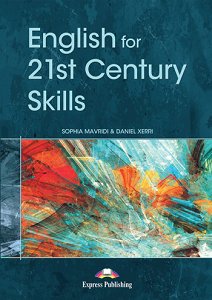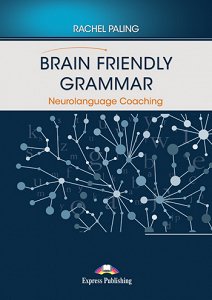“Never speak Italian to the kids. Do not speak Italian to anybody, not even to the cleaner.” This is what a Director of Studies once said to me before sending me to a local elementary school in Italy, my native country and the one where I teach English. I did as I was told. I had always avoided using L1 in the classroom and it was my first day on the job. So I couldn’t argue with that.
But that sounded too extreme to me.
Maybe you agree with my ex-Director of Studies, thinking, “I teach in a country where my students don’t have enough opportunities to speak English unless they’re in class. Why should I use their native language? I would feel guilty for doing it!”
I’ve thought that many times. And apparently, we’re not alone.
Research tells us that many teachers aren't fully honest about how much they use their first language in the classroom. I wonder why. Is this because they don’t feel comfortable about it? Maybe.
But there are plenty of valid arguments in the academic literature suggesting that using the students’ native language in ESL classes has benefits.
Here are three.
Using L1 in the Classroom Fosters Intercultural Competence
Language is culture. Culture is language. These can’t be separated.
So, inevitably, language learning involves much more than simply mastering a set of grammar, vocabulary, and pronunciation rules. When we’re learning a language, we’re exploring a new way of thinking, of seeing the world, of being.
Using L1 in the classroom can help us in this exploration.
For example, why do English speakers say “break a leg” when wishing someone good luck while in Italian people say “in bocca al lupo”(literally: “into the mouth of the wolf”)? Comparing L1 expressions with English ones can allow our students not only to get their heads around the building blocks of the language but also to discover and appreciate both cultural and linguistic differences.
In an interview, David Crystal, a legend in the world of the English language, said this:
“There are something like six-thousands languages in the world. And I’d love to study all of them because each one has an individual insight into the nature of the human condition like no other language has got. Learning another language [...] illuminates me and my language more than anything else.”
Is this to say we should go back to the Grammar Translation method? No. But, maybe, we could work on building a mindset that embraces linguistic diversity in class so that the next time we find ourselves using the students’ native language in class, we won’t feel guilty – we’ll feel we’re doing our job as educators.
Using L1 in the Classroom Is Practical
There are times when using L1 in the classroom can help our students learn more than using English. Some examples of when this might be the case:
- A student can’t understand the meaning of a word or the underlying concept behind a grammar point.
- In an online class, a student is having trouble with technology but he can’t explain in English what’s happening on his computer.
- You want some honest feedback on the course but you know your students won’t be able to give you all the details using English.
Offering first language support and allowing learners to use their L1 in such situations would make everyone’s life easier. Wouldn’t it? And, if you teach short lessons, using L1 will save lots of time too.
Some teachers go even further. They suggest that using L1 in the form of translation should be used when presenting the meaning of new words as this is an accurate and much quicker way of explaining meanings.
Do you agree?
It would be worth asking our students what they think about it.
Using L1 in the Classroom Can Help Build Rapport
I want to have a friendly relationship with my students. It makes my job easier and the lessons lighter. This is why in my classes I often tell personal stories and invite my learners to do the same.
We do this in English, of course.
I also exchange banter with them. I sometimes tease them, use humour and, less frequently, I might even sneak in a swear word or dialectal expressions (only with adult classes).
This, however, happens in Italian, not in English. And let me tell you: this has never failed to lift the spirit of the lesson. Never.
Used in this way, my students’ first language can create a connection that English simply can’t create. And if used sparingly, appropriately, and spontaneously, I find that my students appreciate it as it reminds them that I’m “one of them”.
Maybe you don’t want to be one of them. But if you do, using L1 can help you achieve that. Research confirms this.
Final Thought
I see the students’ native language as a tool – like money. You can use money to buy food for the poor, invest in weapons of mass destruction, or hire a personal trainer to help you keep in shape. Money is neither good nor bad. Money is money. How you use it, though, can have good or bad consequences.
Our students’ L1 is the same. You can use L1 in the classroom to speed things up, help students learn, or avoid responsibility because you’re too lazy to encourage them to express themselves in English.
The Director of Studies at the school where I used to work saw the use of L1 in the classroom (and in the corridor, too) as something to be avoided at all costs.
What about you? How do you see it?
About the author:









